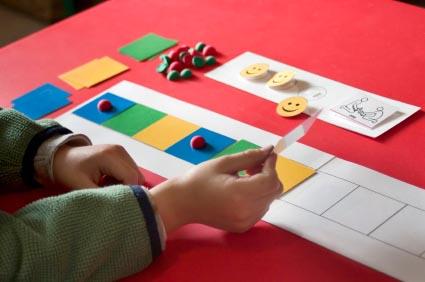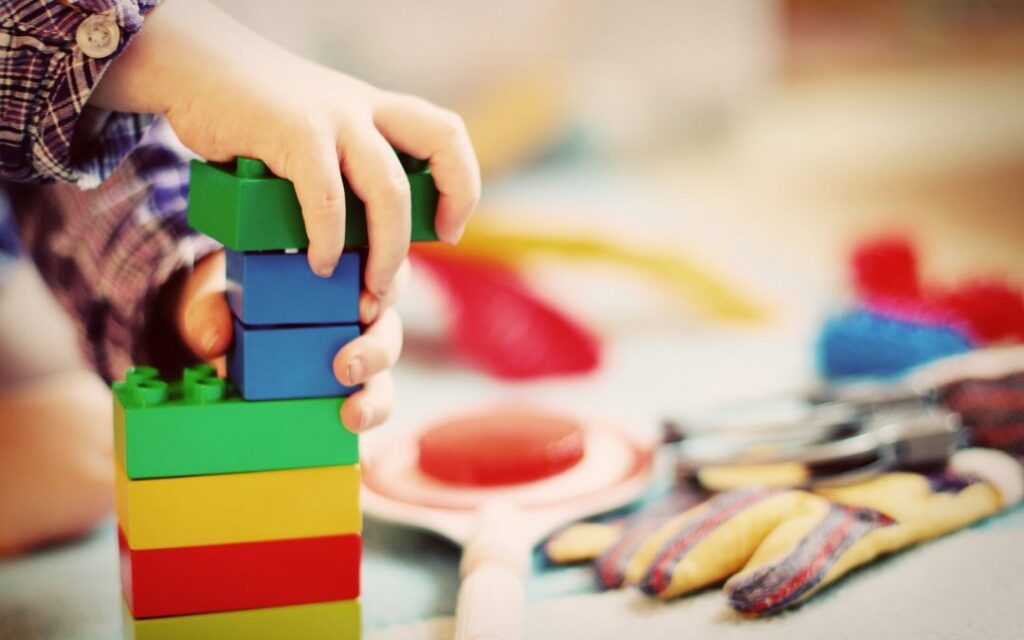How Games Can Help Children on the Autism Spectrum
People with autism, approximately 2% of the population, possess social and communicative differences as well as restricted interests and repetitive behaviours (American Psychiatric Association, 2013).
Many interventions that target improvements in social communication, as well as other cognitive, learning, and physical issues, have been developed to help people who have autism.
Numerous interventions focus on teaching them how to adopt neurotypical behaviours—but such interventions are often criticised by people in the autism community for potentially increasing stigma and inhibiting authenticity (Bottema-Beutel, Park, & Kim, 2018).
Interventions that involve games may offer a way to improve outcomes in a more naturalistic and emergent setting.
As discussed at length by seminal child psychologist Piaget (1955), play behaviours allow for a child to engage with emerging cognitive skills. Pretend play, for instance, will enable children to learn concepts such as false belief, and more structured turn-taking board games teach reciprocity and strategy.
Crucially, when one is playing with another in a competitive or cooperative game, the experience allows them to practice and develop a range of skills including communication, perspective-taking, emotional regulation, emotional recognition, and sportsmanship.
Also, they are engaging in shared attention and joint action with other social agents, as all players are focused on the same activity and must mutually contribute to the completion of the game.

In this way, while a game is ostensibly an enjoyable, entertaining leisure activity, any game, no matter how “serious,” is simultaneously teaching players how to socially interact with other players in a group context. Due to built-in rewards systems that track advancement, games may be motivating over and above other types of educational interventions (Filsecker & Hickey, 2014). For this reason, it is unsurprising that researchers hoping to improve the lives of people with autism have turned to games when designing interventions.
Several interventions, particularly with younger children, use behavioral approaches embedded within gameplay to increase social responsiveness and improve social behaviors with peers. For instance, Daubert et al. (2015) used Power Cards, small cards featuring a child’s favourite character on one side and, on the other side, how that character would optimally behave, to teach sportsmanship to two autistic children during gameplay with peers.
For instance, a child who had an interest in the Ninja Turtles had Power Cards written from the perspective of one of the turtles behaving appropriately during the game (i.e., Donatello tells his friends “You did it!” and “You won!”). Participants reviewed these cards at the beginning of the gameplay session, and when needed, were prompted to view the cards when they forgot to use the appropriate behavior. Results showed that the participants significantly improved in their ability to play games with peers following the intervention.

Rather than explicitly teach socio-communicative skills, some games embedded them within the mechanics of the game. Dell’Angela et al. (2020) modified three existing board games already popular with children in an effort to target certain emotional competence skills.
For instance, the researchers changed the game CodeNames so that rather than pick any word as a clue to help their team guess the right cards, players instead had to pick an emotion word as their clue. Results showed that children who played the emotion versions of the games rated them as highly as those who played the off-the-shelf versions, suggesting that the adapted games retained the gaming elements already popular with children. They also found that children with higher emotional competencies were more successful at the new games, indicating that the new games are indeed tapping into social domains.
Several studies have explored how games can help autistic adolescents. In an ethnographic study, Fein (2015) spent time at a summer camp for teens with autism where they spend time engaging in Live Action Role Playing and play tabletop role-playing games like Dungeons and Dragons. Fein found that the games were particularly engaging for campers as they allowed for structured social interactions between players that were specific to the game, and promoted a narrative of inclusion and acceptance within the stories of the games.
Katō (2019) tested the effect of tabletop role-playing games on improvements in social speech and changes in quality of life in adolescents with autism following either four or 14 sessions of tabletop role-playing games. For the four participants who played 14 sessions, socio-communicative skills improved following the intervention. For the 51 children who played four sessions, total scores on a quality of life measure significantly increased.
Some interventions used non-verbal social games to encourage cooperation between players. For instance, Wainer et al. (2014) developed an imitation game to be played with two players with autism and KASPAR the robot, a humanoid animated doll who can verbally and physically interact with humans. Using a digitalized version of Simon Says, researchers found that the children spent more time interacting with one another when playing the game with KASPAR than when playing with only each other.
In another study, autistic children were tested on their ability to interact with one another when playing the Collaborative Puzzle Game (Battocchi et al., 2009), which is presented on a digital tabletop and requires players to move digital puzzle pieces simultaneously with a partner. Results showed that players who were required to collaborate in this way were more coordinated and engaged in more complex interactions.
Learning and playing games are a cornerstone in child development, allowing children to form independent relationships with one another. Children with autism often have difficulty forming peer relationships and can be excluded from social settings (Chamberlain, Kasari, & Rotheram-Fuller, 2007).
Developing gameplay skills may serve as an essential tool for building social capital they can use to engage peers. Creating opportunities for autistic and neurotypical children to connect in naturally motivating activities like a game could be an advantageous way for peers to model socially desirable behaviours, and for autistic and neurotypical children to form reciprocal relationships based on shared interests.


